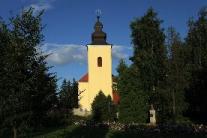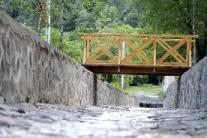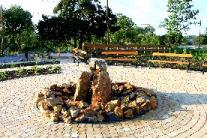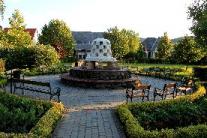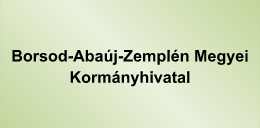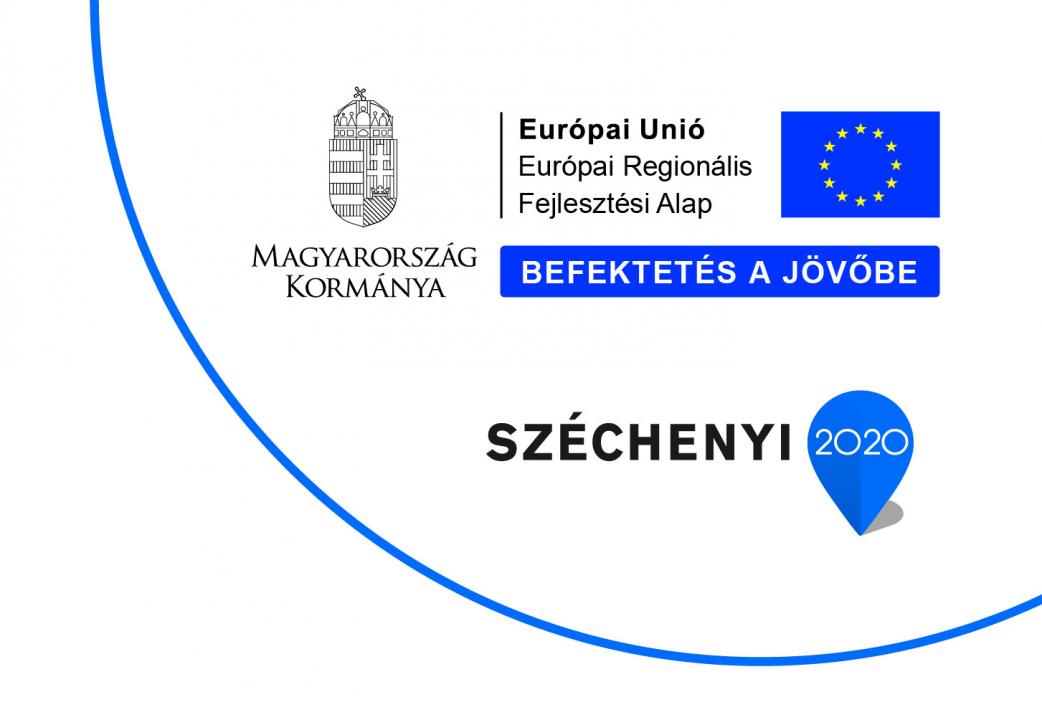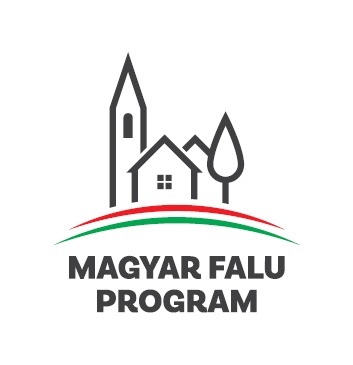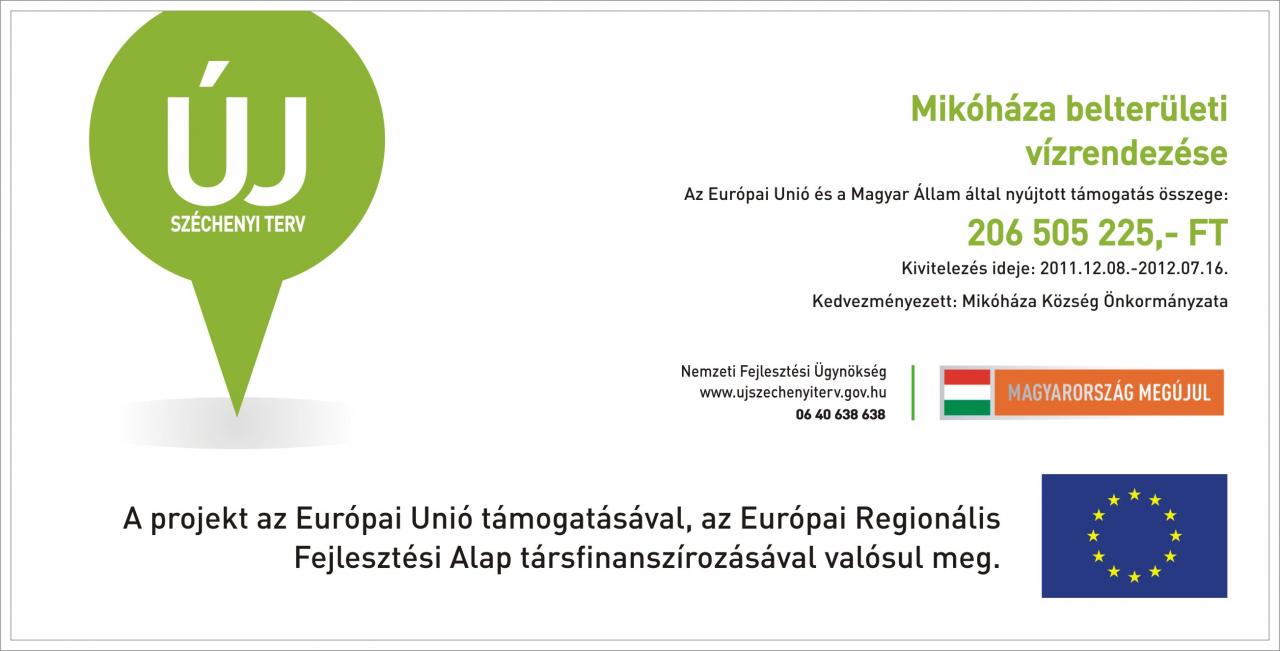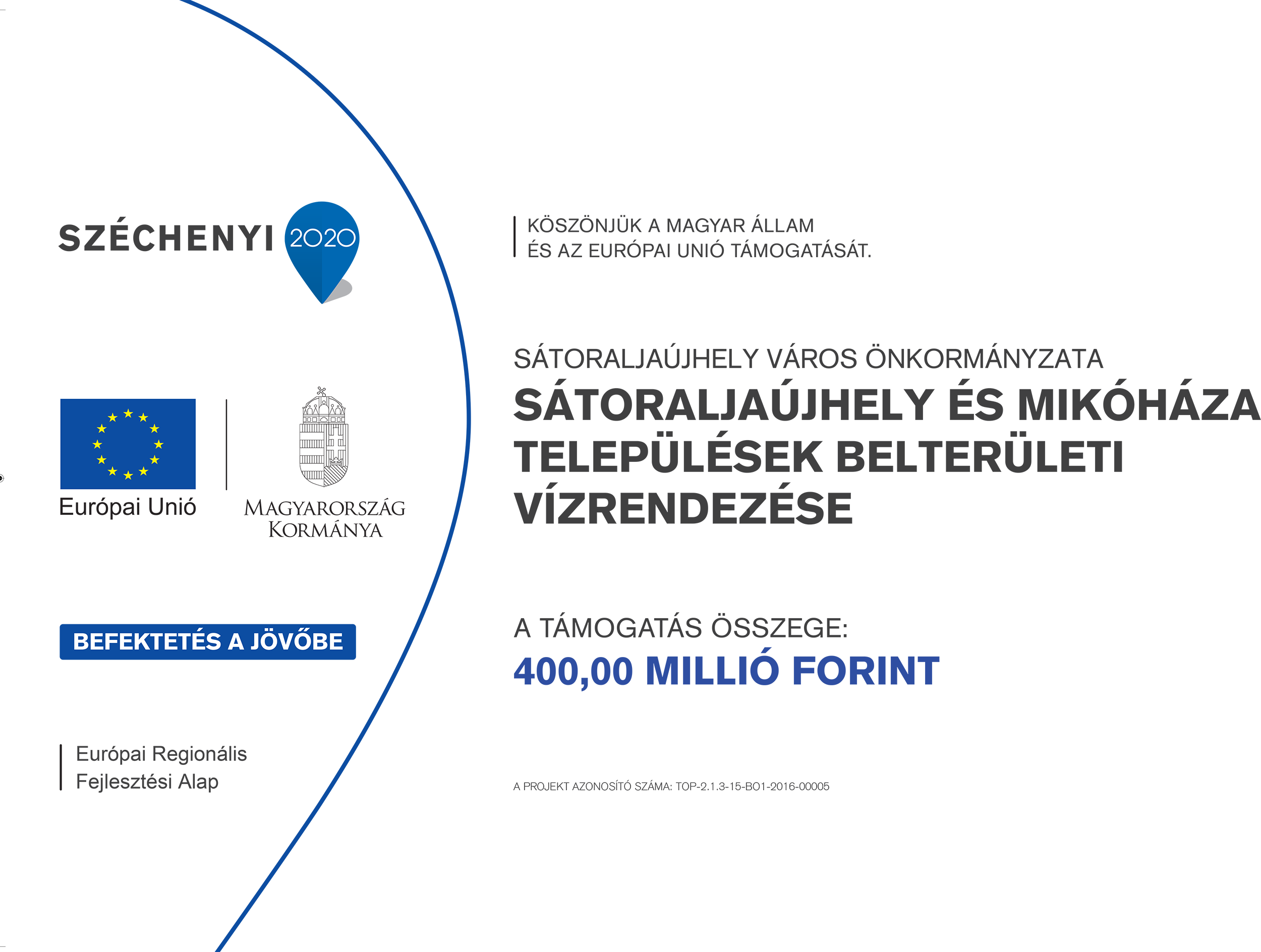You are here
Sights
The Hungarian National Office of Cultural Heritage recorded six buildings of the village as historical buildings in 1961. Three of them were peasant houses and one of them was a barn. Unfortunately, most of them have been demolished. Only two of them exist today: the Greek Catholic church and the old wine cellars.
The Greek Catholic Church

The church was built in 1769 in baroque style in a 19x10 m area. The valuable and famous iconostasis can be seen even from the main entrance of the church. It has been the most beautiful decoration of the church since the early 1800s. It contains 48 icons with the cross of Christ on the top. The cross is surrounded by the icons of the Holy Virgin and St John. At the bottom of the iconostasis there are four main icons. On the left side we can see St Nicholas and the Mother of God with the little Jesus in her arms, on the right side there are icons with Jesus Christ the Pantocrator and the birth of the Virgin. The Royal Doors with the four Evangelists can be found in the middle of the iconostasis. Above the doors there are 12 pictures with the most important moments of the Saviour’s life. Above these 12 pictures the 12 apostles can be seen and on the top of the iconostasis we can find 12 circle shaped pictures of the Prophets. Right above the Royal Doors there is the picture of the Last Supper. On the right of this picture we can find the scene of the Fleeing from Egypt, on the left there is the icon of the Judging Christ. The building has burnt several times, but it was rebuilt after each fire. The most remarkable renovation works were in 1902, 1967, 2000 and 2001.

Monument with “turul” motif
This monument greets the visitors arriving from the direction of Sátoraljaújhely and it has become one of the best known symbols of the village. It was erected by the local community in 1933 for the memory of the war victims. During the World War II the “turul” bird was removed from it, but it was reconstructed in 1989 again. A table with the names of the war martyrs of World War II was set on it too. The pedestal of the monument was renovated in 2000 and new tables were put on it with the names of the martyrs of the two world wars. Millennium Memorial Park
Millennium Memorial Park
The park was built for the 1000th anniversary of the Hungarian state foundation in August 2000. It is located next to the church. The central element of the park is the Bell made by Ildikó Vincze ceramist artist. It symbolises the big bell of Mikóháza, which was taken away from the village during the World War I. The bust of István Komáromy Major Defense also can be found in the park, which was initiated on 7 October 2006. On the other side of the Park there is the Community Centre of the “Gyöngyösbokréta” Company. In the building, which was renovated in 2002, there are local history exhibitions and several hobby clubs and public events are also often held here.

A short biography of István Komáromi
He was born in Mikóháza on 17th December 1820 as the son of Bora Bárczay and István Komáromi landlord. He was baptized in Reformed religion. He had studied law in Sárospatak before he started his military career. He got the title of lieutenant in 1839. He became a first lieutenant in 1845 serving in the 9th “Miklós” hussar regiment. He was single, never got married. He fought against Jellacic in autumn 1848. He joined the Hungarian revolution with his regiment in October and became a Captain. He fought in the legion VII. At the end of the revolution he was sentenced by death penalty, but later he won a last-minute reprieve and got a 14 year imprisonment instead. Finishing the prison years in 1852 he settled down on his estate in Pelejte and lived there as a holder until his death.
Old wine cellars

Some of the 95 cellars have been existing since the end of the 19th century. The local community used these cellars as shelters during the World War II. Cellars can be found on the road towards the “Remete” hill but most of them are located on the Hegyalja street, at the starting point of the road towards the viewpoint of the “Fekete” mountain. Wine made of the grapes grown on the local “Palack” hill is manufactured in these cellars. Several kinds of bats live in those cellars which are not used regularly.
The Nature Trail of the “Fekete” mountain
The road sign of this Nature Trail can be seen from the main street. Following the signs we can reach the cellars of the village, which are only a few minute walk from the information table of the Trail. The Nature Trail contains 6 resting places with places for setting fire. Colourful information tables also can be found at each resting place, showing the height and the distance of the next stop.

The length of the Trail is 3,5 km, and it is 410 m high. It demonstrates the Flora and the Fauna of the area, and the artificial nests and holes on the trees provide shelters for the local birds and rare species of bats. The first two third of the Trail rises slightly through glens and ravines, but it becomes rather steep from the 4th stop, so it is not recommended for older people or families with young children.
The viewpoint of the “Fekete” mountain
The “Fekete” hill is located 3 km far from the village. On the top of the mountain at a height of 581 metres there is a viewpoint, which was initiated for the 1000th anniversary of the Hungarian state foundation in 2000. The 13 m high wooden viewpoint provides an outstanding panorama of the Hegyköz and the hills and mountains around. The small villages lying below like tiny models on a sand table. The castle of Füzér seems like a crown above them with the “Nagy-Milic” mountain behind it. Abaúj can be seen in the west and over the eastern hills of the Cserehát there are the blue mountains of the Slovakian Karst. The Slovakian villages of the Ronyva valley can be seen in the northeast.

